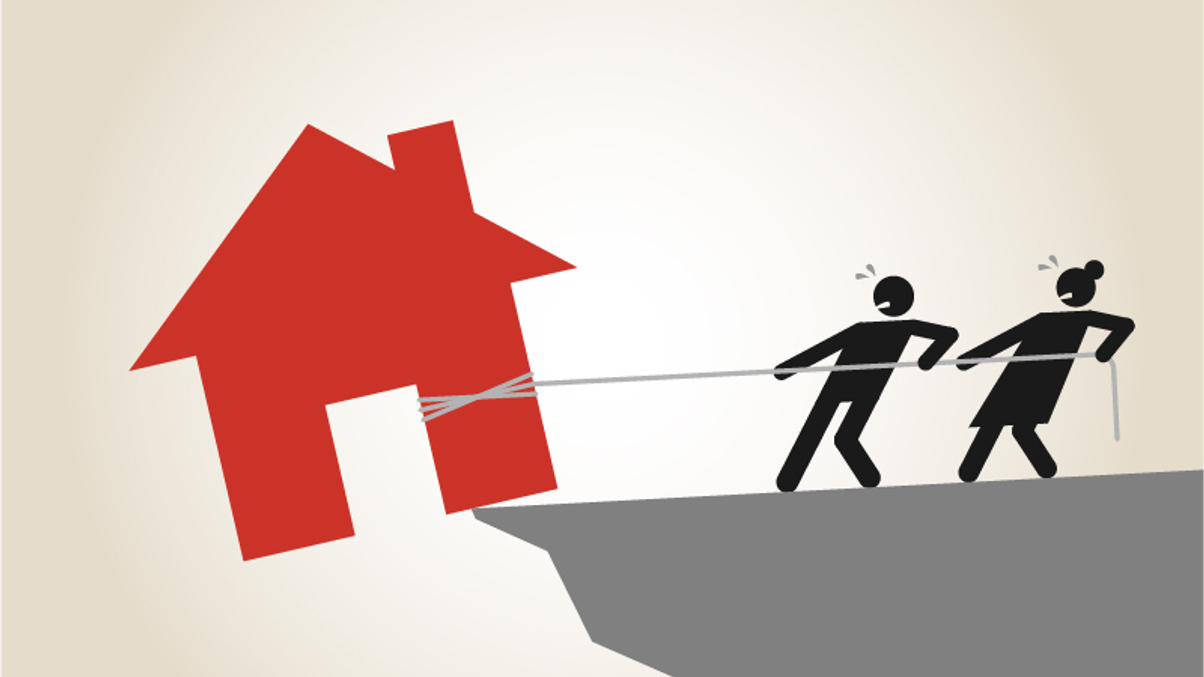As Asian property nears peak, nimble investors sell
Leading real estate investors say valuations are reaching unsustainable levels in private markets: time for investors to change their strategy?

Transactions at eye-popping earnings multiples and buyers taking risky bets across Asia contingent on heavy lifting, a few veteran investors in the market are bewildered and looking to sell into pockets of demand.
Sign in to read on!
Registered users get 2 free articles in 30 days.
Subscribers have full unlimited access to AsianInvestor
Not signed up? New users get 2 free articles per month, plus a 7-day unlimited free trial.
¬ Haymarket Media Limited. All rights reserved.


